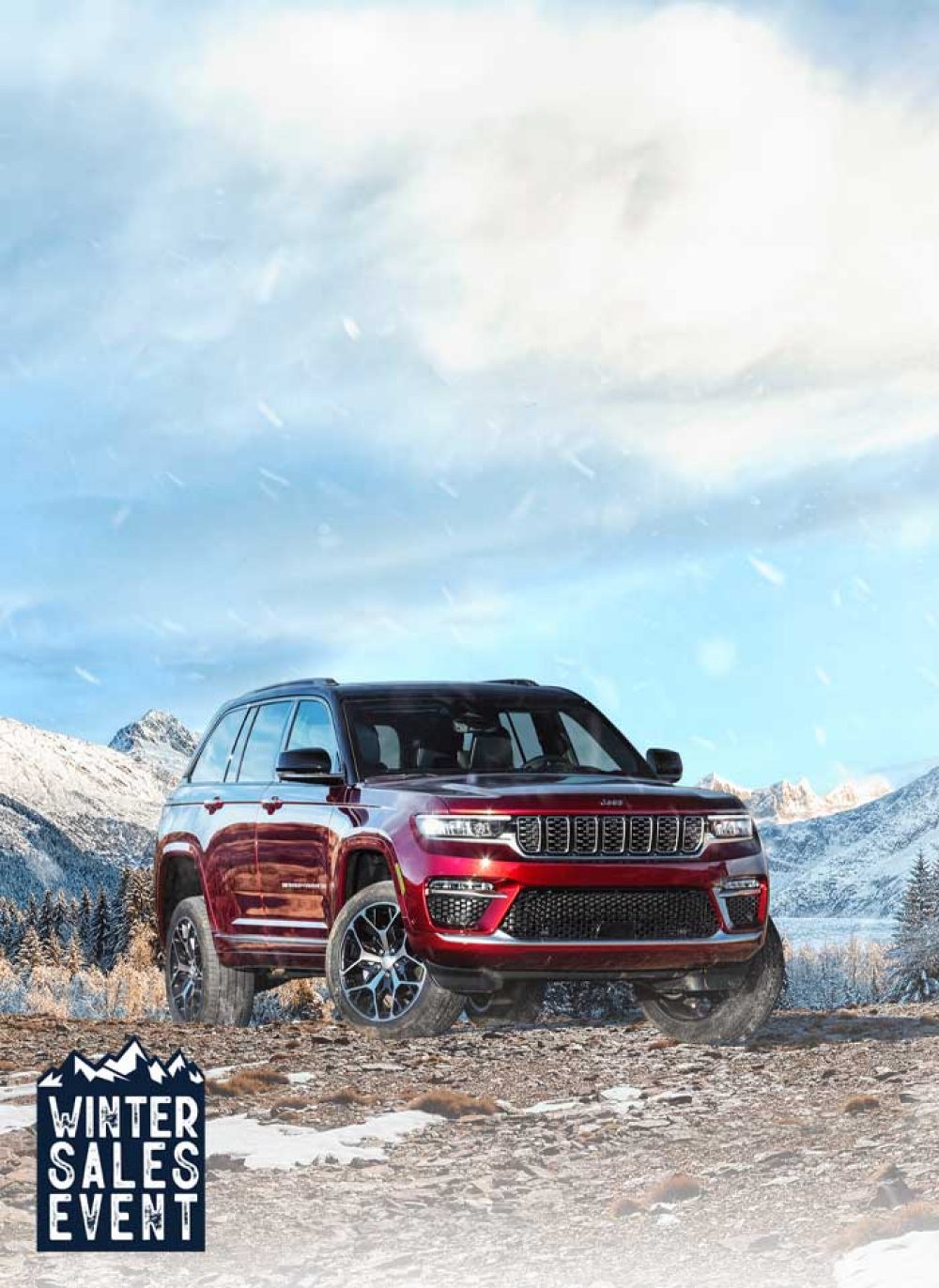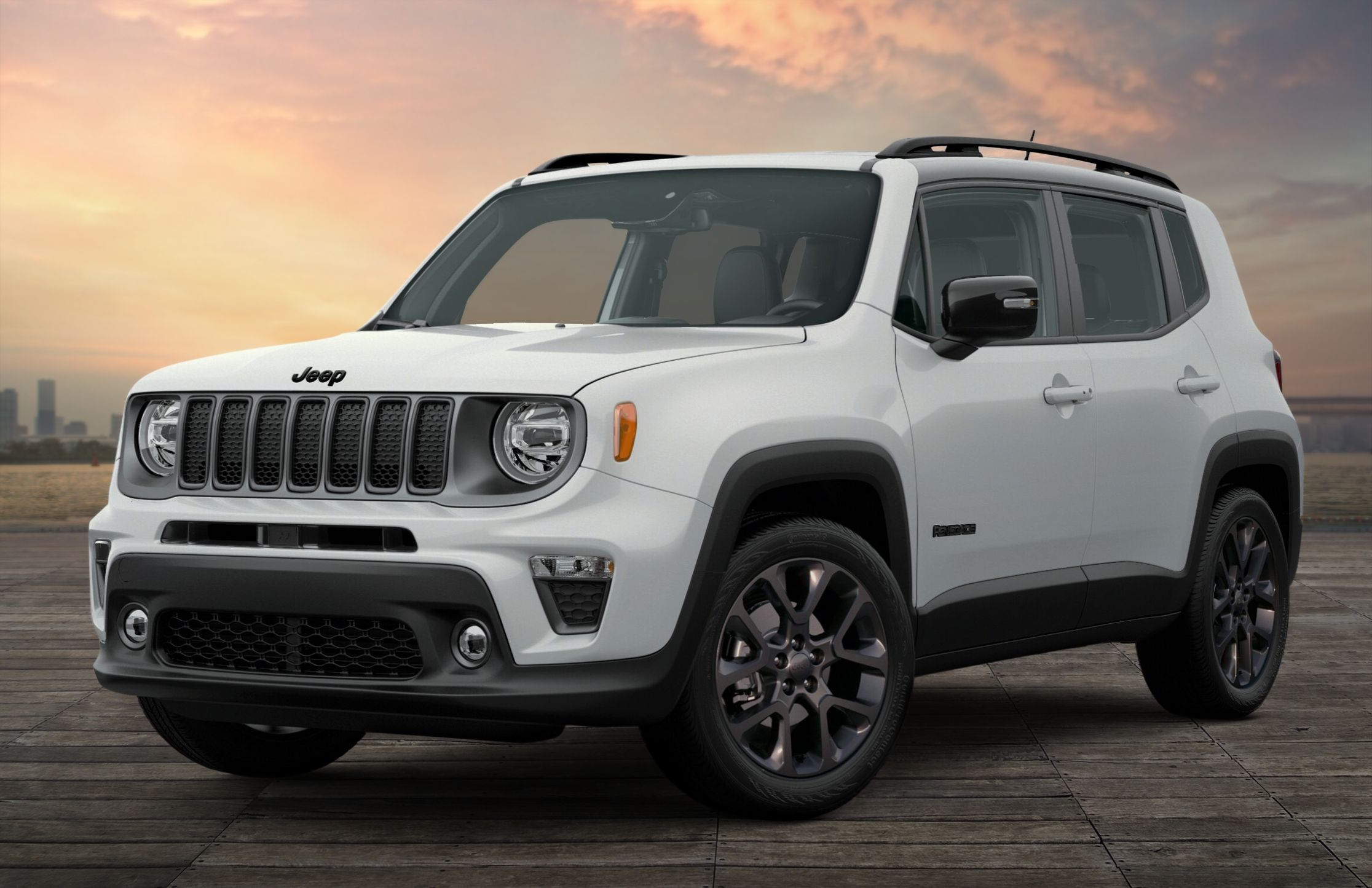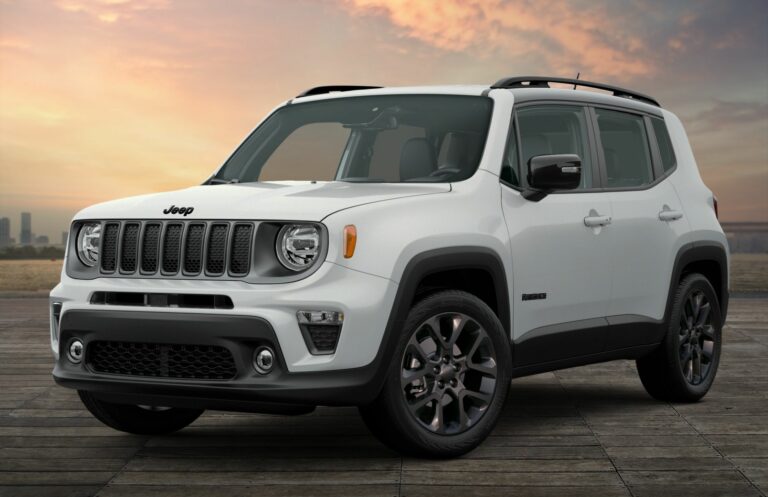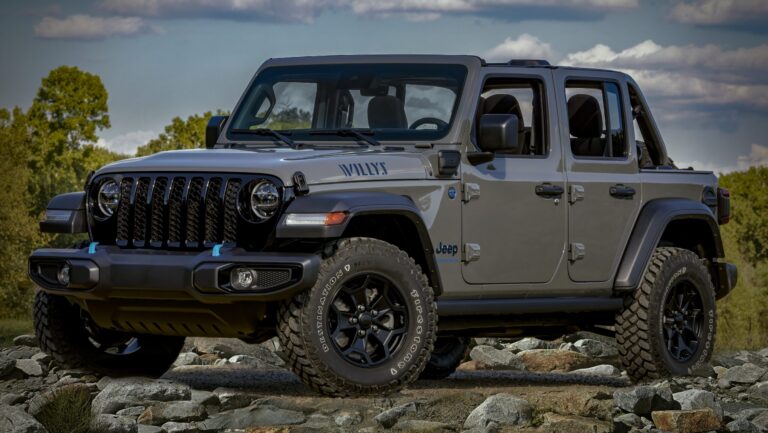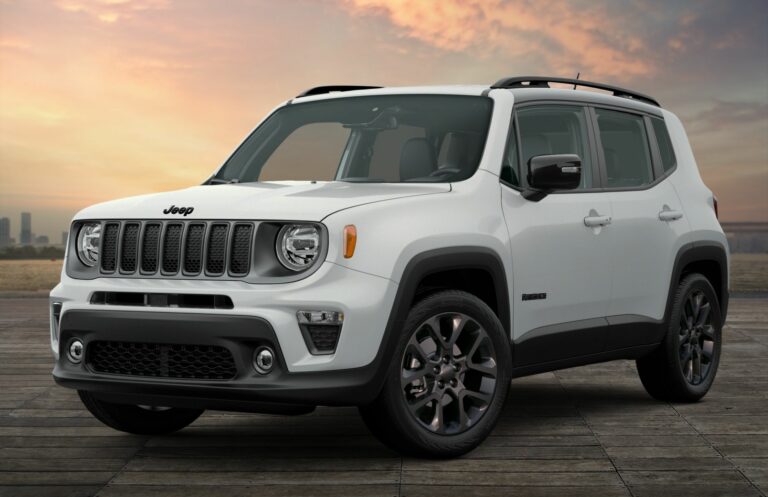Jeep XJ Rims For Sale: Your Comprehensive Guide to Upgrading Your Cherokee’s Stance and Performance
Jeep XJ Rims For Sale: Your Comprehensive Guide to Upgrading Your Cherokee’s Stance and Performance jeeps.truckstrend.com
The Jeep Cherokee XJ, produced from 1984 to 2001, is more than just an SUV; it’s an icon, a rugged workhorse, and a beloved platform for off-road enthusiasts and daily drivers alike. Its timeless design, solid axles, and robust powertrain have cemented its place in automotive history. For any XJ owner, whether you’re restoring a classic, building a formidable trail rig, or simply giving your daily driver a fresh look, the choice of rims is paramount. "Jeep XJ Rims For Sale" isn’t just a search query; it’s the gateway to transforming your Cherokee’s aesthetics, enhancing its performance, and improving its capability.
Rims, often interchangeably called wheels, are not merely decorative. They are critical components that directly impact your vehicle’s handling, braking, fuel efficiency, and most importantly, its ability to accommodate larger tires for off-road adventures. The sheer variety of options available – from classic steelies to modern alloy designs, and even specialized beadlocks – can be overwhelming. This comprehensive guide will navigate the world of Jeep XJ rims, providing you with the knowledge and actionable insights needed to make an informed decision, ensuring your XJ not only looks the part but performs flawlessly.
Jeep XJ Rims For Sale: Your Comprehensive Guide to Upgrading Your Cherokee’s Stance and Performance
Understanding Jeep XJ Rim Specifications: The Foundation of Your Search
Before you dive into the vast market of "Jeep XJ Rims For Sale," it’s crucial to understand the fundamental specifications that dictate compatibility and performance. Getting these wrong can lead to frustrating fitment issues, rubbing, and even safety concerns.
- Bolt Pattern (PCD – Pitch Circle Diameter): This is arguably the most critical specification. For all Jeep XJ Cherokees, the bolt pattern is 5×4.5 inches (or 5×114.3mm). This means there are five lug nuts, and the bolts are arranged in a circle with a diameter of 4.5 inches. Any rim you consider must match this pattern. While some other vehicles share this pattern (like certain Ford and Honda models), always verify the other specs.
- Center Bore: The XJ’s hub has a center bore of 71.5mm. This is the hole in the center of the rim that slides over the vehicle’s hub. Ideally, you want a rim with a center bore that matches or is slightly larger than the hub. If the rim’s center bore is larger, you’ll need hub-centric rings to bridge the gap. These rings ensure the wheel is perfectly centered on the hub, preventing vibrations and ensuring proper load distribution. Without them, the wheel is "lug-centric," meaning it relies solely on the lug nuts for centering, which can lead to imbalance and stress on the studs.
- Diameter (Size): Common rim diameters for XJs are 15, 16, and 17 inches.
- 15-inch rims are popular for off-roading as they allow for a larger tire sidewall, providing more cushioning and flexibility when airing down. This is beneficial for rock crawling and rough terrain. Many classic XJ builds use 15-inch rims.
- 16-inch and 17-inch rims offer a more modern look and are often necessary to clear larger brake calipers found on some upgraded braking systems. They also open up a wider selection of modern tire designs, though with less sidewall, they can offer a slightly harsher ride on very rough terrain.

- Width: Rim width typically ranges from 7 to 10 inches for XJs. The rim width must be compatible with the tire width you plan to run. A tire that’s too wide for the rim can have compromised sidewall support, while a tire that’s too narrow can be dangerous to mount. Most 31-33 inch tires fit well on 8-inch wide rims.
- Backspacing and Offset: These terms describe how far the wheel sits inward or outward relative to the mounting surface, significantly impacting tire clearance and vehicle stance.
- Offset is the distance from the wheel’s mounting surface to the centerline of the wheel. A positive offset means the mounting surface is towards the outside of the wheel, pulling the wheel inward. A negative offset means the mounting surface is towards the inside, pushing the wheel outward.
- Backspacing is the distance from the mounting surface to the back edge of the rim. It’s often easier to visualize.
- For an XJ, especially when running larger tires (31 inches and up) or a lift kit, less backspacing (or more negative offset) is generally desired. Stock XJ rims typically have around 5.25 inches of backspacing. To prevent larger tires from rubbing on the control arms or inner fender wells, a backspacing of 3.75 to 4.5 inches is commonly recommended. This pushes the wheel out, providing critical clearance and often giving the XJ a wider, more aggressive stance. Too little backspacing, however, can cause tires to rub on fender flares or necessitate significant fender trimming.

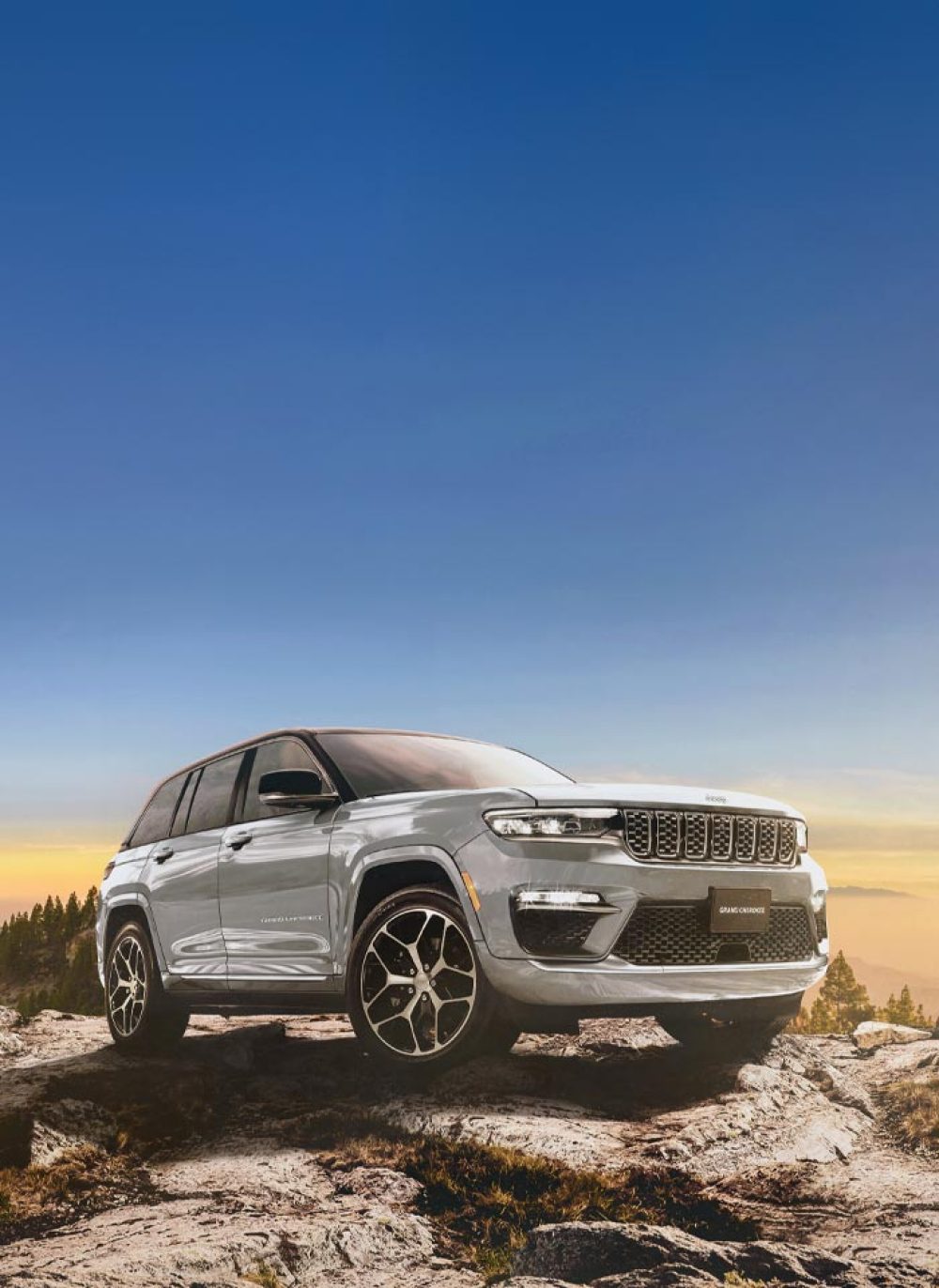
Why Upgrade or Replace Your XJ Rims? Benefits Beyond Aesthetics
The decision to seek "Jeep XJ Rims For Sale" is rarely purely cosmetic. While a fresh set of wheels can dramatically improve your XJ’s appearance, there are significant functional benefits:
- Enhanced Performance & Capability:
- Tire Clearance: The most common reason. Aftermarket rims with appropriate backspacing are essential for fitting larger diameter and wider tires, which provide increased ground clearance and better traction for off-roading.
- Reduced Unsprung Weight (Alloy Rims): Lighter alloy rims reduce the unsprung weight of your vehicle (weight not supported by the suspension). This can lead to improved handling, better acceleration, more efficient braking, and even a slight boost in fuel economy.
- Durability and Strength: For serious off-roaders, upgrading to stronger steel or specific heavy-duty alloy rims can provide better resistance to impacts from rocks and obstacles.
- Beadlock Functionality: True beadlock rims allow you to run extremely low tire pressures (e.g., 5-8 psi) without the tire de-beading, offering maximum traction on challenging terrain.
- Aesthetics and Personalization:
- Custom Look: Rims are a key element in defining your XJ’s style. Whether you prefer a classic, rugged, or modern aesthetic, there’s a rim design to match.
- Restoration: Replacing old, corroded, or damaged stock rims can significantly improve the overall appearance of a restored XJ.
- Damage Replacement: Stock rims can become bent, cracked, or severely corroded over time due to impacts, off-road abuse, or just age. Finding replacements, either new or used, is often a necessity.
Types of Jeep XJ Rims: Choosing Your Material and Style
The material and design of your rims play a significant role in their performance, durability, and cost.
- Steel Rims:
- Pros: Generally the most affordable option, very strong and durable for off-road abuse, easy to repair (can often be hammered back into shape), good for airing down without concern for damage. Their weight provides a lower center of gravity for some.
- Cons: Heavier than alloy rims (contributing to higher unsprung weight), prone to rust, limited aesthetic variety (often simple D-window or Soft 8 designs).
- Popular for XJs: Cragar Soft 8, Pro Comp Steelies. These are a staple for many budget-friendly off-road builds.
- Aluminum Alloy Rims:
- Pros: Lighter weight (improves handling, braking, fuel economy), excellent heat dissipation (beneficial for braking), wide variety of designs and finishes (polished, painted, machined), corrosion-resistant (though finishes can chip).
- Cons: More expensive than steel, can be more susceptible to cracking or bending on severe impacts (though modern alloys are very strong), harder to repair if damaged.
- Popular for XJs: American Racing, Mickey Thompson, Method Race Wheels, Fuel Off-Road, Dick Cepek, Vision Wheel.
- Beadlock Rims (True vs. Simulated):
- True Beadlocks: Feature an outer ring that clamps the tire bead to the rim, preventing the tire from coming off the wheel even at extremely low pressures.
- Pros: Unmatched traction at very low PSI, essential for hardcore rock crawling.
- Cons: Very expensive, require more maintenance (checking bolts), heavier, often not street legal (check local regulations), can be difficult to balance.
- Simulated Beadlocks: These rims have the appearance of beadlocks but lack the functional clamping ring. They are standard alloy rims with decorative bolts or rings.
- Pros: Aesthetic appeal of beadlocks without the cost or legal/maintenance drawbacks.
- Cons: Offer no functional bead retention benefit.
- True Beadlocks: Feature an outer ring that clamps the tire bead to the rim, preventing the tire from coming off the wheel even at extremely low pressures.
Where to Find Jeep XJ Rims For Sale: Navigating the Market
Finding the right "Jeep XJ Rims For Sale" involves exploring various avenues, each with its pros and cons.
- New Rims:
- Online Retailers: Websites like Quadratec, ExtremeTerrain, 4 Wheel Parts, Summit Racing, and Amazon offer a massive selection of new rims from various brands.
- Pros: Wide selection, competitive pricing, often free shipping, warranty, detailed product information, customer reviews.
- Cons: Can’t physically inspect before buying, shipping damage risk, returns can be a hassle.
- Local Off-Road Shops/Tire Stores: Your local 4×4 shop or tire dealer can order rims, offer installation, and provide expert advice.
- Pros: Personal service, ability to see samples, professional installation, local support for issues.
- Cons: Potentially higher prices than online, limited immediate stock.
- Online Retailers: Websites like Quadratec, ExtremeTerrain, 4 Wheel Parts, Summit Racing, and Amazon offer a massive selection of new rims from various brands.
- Used Rims: This is where many XJ owners find great deals, but it requires careful inspection.
- Online Marketplaces: Craigslist, Facebook Marketplace, eBay.
- Pros: Excellent source for bargains, unique or hard-to-find OEM rims, ability to negotiate.
- Cons: "Buyer beware" – inspect thoroughly for damage (cracks, bends, severe corrosion, curb rash), no warranty, potential for scams, inconvenient shipping arrangements.
- Dedicated XJ Forums & Social Media Groups: Websites like NAXJA (North American XJ Association) forums, CherokeeForum.com, and various Facebook XJ owner groups often have "for sale" sections.
- Pros: Knowledgeable sellers, XJ-specific items, fair prices, often local pick-up arrangements.
- Cons: Limited selection at any given time, shipping can be a challenge for distant sellers.
- Local Junkyards/Salvage Yards: A treasure trove for stock OEM rims or steelies, often for very low prices.
- Pros: Dirt cheap, chance of finding rare OEM options.
- Cons: Rims may be dirty, damaged, or severely corroded; selection is hit-or-miss.
- Swap Meets & Off-Road Events: Attend local 4×4 swap meets or off-road events.
- Pros: Ability to inspect rims in person, negotiate face-to-face, find unique items.
- Cons: Requires being in the right place at the right time, limited selection.
- Online Marketplaces: Craigslist, Facebook Marketplace, eBay.
Important Considerations When Buying XJ Rims
Beyond the technical specifications and where to buy, keep these practical points in mind:
- Condition (for used rims): This cannot be stressed enough.
- Cracks: Absolutely avoid any rim with cracks, especially around the lug holes or bead seating area.
- Bends/Dents: Look for bends in the lip or rim barrel. Minor curb rash is cosmetic, but significant bends can cause balancing issues or air leaks.
- Corrosion: Especially on steel rims, excessive rust can compromise structural integrity. For alloy rims, check for pitting or bubbling under the finish.
- Roundness: If possible, spin the wheel to check for wobbles or out-of-roundness.
- Budget: Rims are just one part of the equation. Factor in the cost of tires, mounting and balancing, new lug nuts (if needed), valve stems, and potentially hub-centric rings.
- Intended Use: Your XJ’s primary purpose should guide your choice. A daily driver might prioritize aesthetics and ride comfort, while a hardcore rock crawler will value strength, repairability, and beadlock capability.
- Tire Size Compatibility: Always choose rims that are appropriately sized for the tires you intend to run. Consult tire manufacturer specifications for recommended rim widths.
- Lift Kit: If you’re planning to run larger tires (e.g., 31 inches or more), you will almost certainly need a suspension lift in addition to rims with less backspacing to prevent rubbing. Plan your build holistically.
- Lug Nuts: Jeep XJs use 1/2"-20 thread pitch lug nuts. Ensure your new rims are compatible with your existing lug nuts, or purchase new ones (e.g., conical/tapered seat for most aftermarket rims).
- Resale Value: Keep in mind that popular aftermarket brands and classic OEM designs tend to hold their value better if you ever decide to sell or upgrade again.
Installation and Maintenance Tips
Once you’ve found the perfect "Jeep XJ Rims For Sale" and made your purchase, proper installation and ongoing maintenance are crucial for safety and longevity.
- Professional Installation: Always have new rims and tires professionally mounted and balanced. Proper balancing is key to a smooth ride and prevents premature tire wear.
- Torque Specs: Ensure your lug nuts are tightened to the correct torque specification, typically 90-110 ft-lbs for a Jeep XJ. Overtightening can stretch studs; undertightening can lead to loose wheels.
- Re-torque: After driving 50-100 miles on new rims, re-torque your lug nuts. Wheels can settle, and this ensures they remain secure.
- Regular Cleaning: Especially for alloy rims, regular cleaning with appropriate wheel cleaner prevents brake dust and road grime from corroding the finish. For steel rims, address rust spots promptly.
- Tire Pressure Monitoring: Maintain correct tire pressure as specified by the tire manufacturer. Incorrect pressure affects handling, tire wear, and fuel economy.
- Rotation: Follow a regular tire rotation schedule (e.g., every 5,000-7,000 miles) to ensure even wear across all four tires, extending their lifespan.
Price Table: Estimated Costs for Jeep XJ Rims (Per Set of 4)
| Type of Rim | Material | Diameter (in) | Width (in) | Backspacing (in) | Condition | Estimated Price Range (USD per set of 4) | Common Brands/Notes |
|---|---|---|---|---|---|---|---|
| OEM Stock Rims | Steel / Alloy | 15-16 | 7-8 | ~5.25 | Used | $100 – $300 | Icon, Gambler, Grizzly, Canyon. Often need refurb. |
| Aftermarket Steel | Steel | 15-16 | 7-10 | 3.75 – 4.5 | New | $300 – $500 | Cragar Soft 8, Pro Comp Steelies. Heavy duty. |
| Used | $150 – $350 | Often spray-painted. | |||||
| Aftermarket Alloy | Aluminum Alloy | 15-17 | 7-9 | 3.75 – 4.75 | New | $600 – $1200 | American Racing, Mickey Thompson, Method, Fuel. |
| Used | $300 – $800 | Condition varies greatly. | |||||
| True Beadlock | Aluminum Alloy | 15-17 | 8-10 | 3.5 – 4.5 | New | $1200 – $2500+ | Walker Evans, KMC, Method. Off-road only. |
| Used | $800 – $1800 | Check for ring damage. | |||||
| Simulated Beadlock | Aluminum Alloy | 15-17 | 8-9 | 3.75 – 4.5 | New | $700 – $1300 | Many popular alloy brands offer this style. |
Disclaimer: These prices are estimates and subject to significant variation based on specific brand, model, finish, condition (for used), seller, geographic location, and market demand. Always verify current pricing before making a purchase.
Frequently Asked Questions (FAQ) about Jeep XJ Rims For Sale
Q1: What is the exact bolt pattern for a Jeep XJ?
A1: The Jeep XJ Cherokee uses a 5×4.5 inch (or 5×114.3mm) bolt pattern.
Q2: What’s the best backspacing for an XJ running larger tires (e.g., 31-33 inches)?
A2: For optimal clearance with larger tires and to prevent rubbing on control arms, a backspacing of 3.75 to 4.5 inches is generally recommended. Stock XJ rims have about 5.25 inches of backspacing, which is too much for larger tires.
Q3: Can I put 33-inch tires on my XJ with stock rims?
A3: No, it’s highly unlikely. Stock XJ rims have too much backspacing (around 5.25 inches), which will cause significant rubbing on the control arms and potentially the inner fender wells, especially when turning. You’ll need aftermarket rims with less backspacing and likely a significant suspension lift.
Q4: Are steel or alloy rims better for off-roading with an XJ?
A4: Both have advantages. Steel rims are heavier but cheaper, very durable, and often easier to repair if bent on the trail. Alloy rims are lighter, offer more style options, and dissipate heat better, but they can crack on hard impacts and are more expensive. Many hardcore off-roaders prefer steel for their ruggedness and repairability, while others opt for strong alloys.
Q5: Do I need hub-centric rings for aftermarket XJ rims?
A5: You need hub-centric rings if the center bore of your new aftermarket rims is larger than the XJ’s hub (71.5mm). These rings ensure the wheel is perfectly centered on the hub, preventing vibrations and ensuring proper load distribution. While not always strictly necessary for safety if lug nuts are properly torqued, they are highly recommended for a smoother ride and to reduce stress on the lug studs.
Q6: What size lug nuts do Jeep XJs use?
A6: Jeep XJs use 1/2"-20 thread pitch lug nuts. When buying new rims, ensure your existing lug nuts are compatible (e.g., conical seat for most aftermarket alloy wheels) or purchase a new set.
Q7: Where’s the best place to sell my old XJ rims?
A7: Online marketplaces like Facebook Marketplace and Craigslist are excellent for local sales. Dedicated Jeep XJ forums and Facebook groups are also great as they connect you directly with other XJ enthusiasts who understand the value of your parts.
Q8: How much lift do I need for 31-inch tires on an XJ?
A8: With proper backspacing (3.75-4.5 inches), you can often fit 31-inch tires with a 2-3 inch suspension lift. Some minor fender trimming might still be necessary depending on the tire’s actual width and the specific lift components.
Conclusion
The quest for "Jeep XJ Rims For Sale" is an exciting step in personalizing and enhancing your iconic Cherokee. Whether you’re aiming for a subtle refresh or a radical transformation, the right set of wheels can significantly impact your XJ’s appearance, performance, and off-road prowess. By understanding the critical specifications like bolt pattern, backspacing, and material types, and by carefully considering your budget and intended use, you can confidently navigate the vast market.
Remember to prioritize safety and functionality alongside aesthetics. Thoroughly inspect used rims, invest in professional installation, and adhere to proper maintenance practices. With informed decisions and a little research, you’ll find the perfect rims that not only complete your XJ’s look but also unlock its full potential, ensuring your classic Cherokee remains a formidable and stylish presence on or off the road for years to come.
